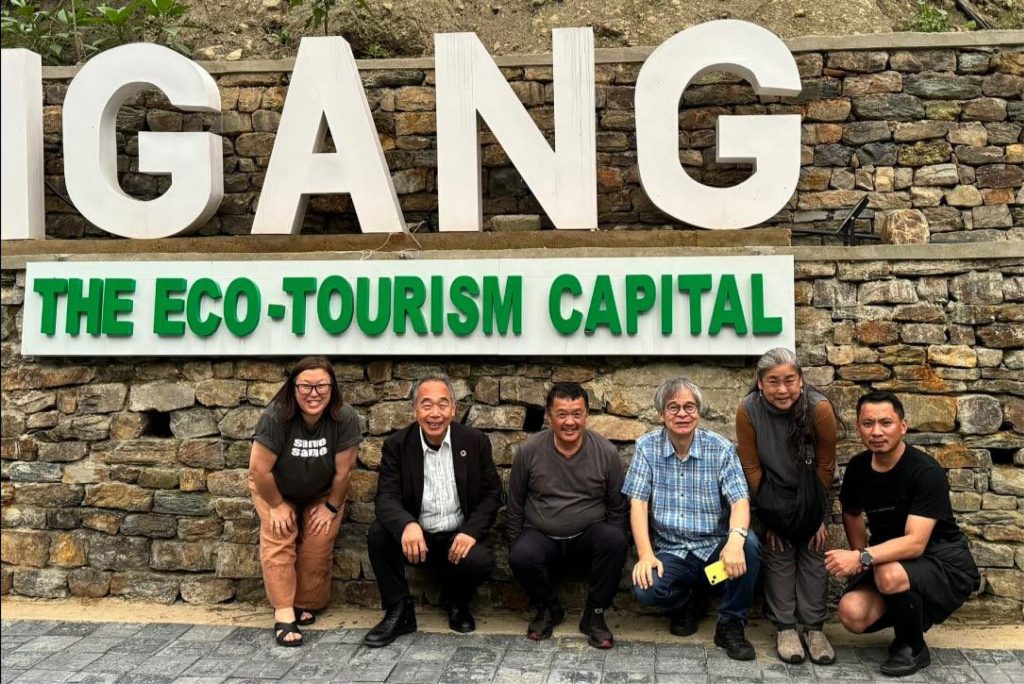𝗣𝗿𝗼𝗷𝗲𝗰𝘁 𝗦𝗰𝗼𝗽𝗶𝗻𝗴 𝗠𝗶𝘀𝘀𝗶𝗼𝗻 𝗶𝗻 𝗪𝗵𝗶𝘁𝗲-𝗯𝗲𝗹𝗹𝗶𝗲𝗱 𝗛𝗲𝗿𝗼𝗻 𝗹𝗮𝗻𝗱𝘀𝗰𝗮𝗽𝗲.
RSPN Bhutan in partnership with supporters from Japan and the Athang Institute, is currently conducting a comprehensive project scoping study within the White-bellied Heron landscape. The primary objectives of this study include delineating the project boundary, conducting an assessment of community needs and available natural capital, evaluating the technical, economic, and logistical feasibility of the project, and assessing the capacity of institutions and communities to implement and sustain the project. The joint team comprises experts with diverse backgrounds in conservation, ecotourism, climate change, and environmental education.
This scoping study holds significant importance within the project design framework of the Royal Society for Protection of Nature, aligning with existing Environmental and Social safeguards policies. With over three decades of experience in implementing conservation and community projects, RSPN has positively impacted numerous communities through the establishment of sustainable development activities. Rigorous evaluation under the robust safeguard systems of RSPN ensures that projects are well defined, feasible, and effective.
Building upon the information gathered from this scoping study, further review and situation analysis will be conducted to progress towards developing a comprehensive proposal. RSPN aims to innovate this project by integrating a private partnership model encompassing conservation efforts, sustainable livelihood activities, climate change initiatives, and other thematic areas.
White-bellied Heron and the Communities
WBH is critically endangered in the verge of extinction. It is found distributed only in freshwater river of Himalaya. The current distribution is restricted to only three South Asian countries, Bhutan, Northeast India and Myanmar with estimated population of less than 60 individuals. Given its critical status, the preservation of the White-bellied Heron holds paramount importance.
The habitats of the White-bellied Heron are also home to numerous remotely located communities that rely on shared resources. Therefore, garnering community support is imperative.
A community-driven conservation project within the White-bellied Heron landscape is not only feasible but also essential for the preservation of this species and the sustainability of the surrounding ecosystems.

Copyright © 2026 RSPN All Rights Reserved